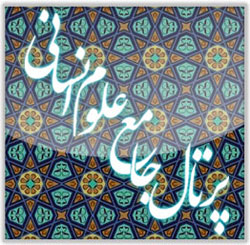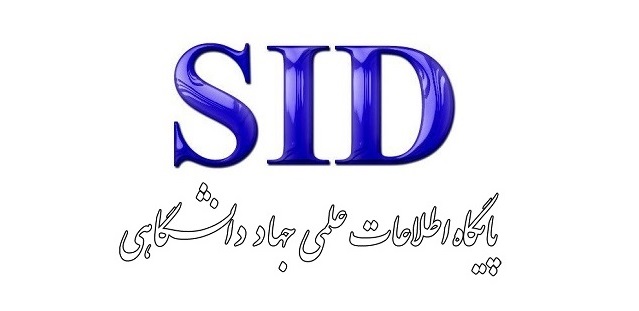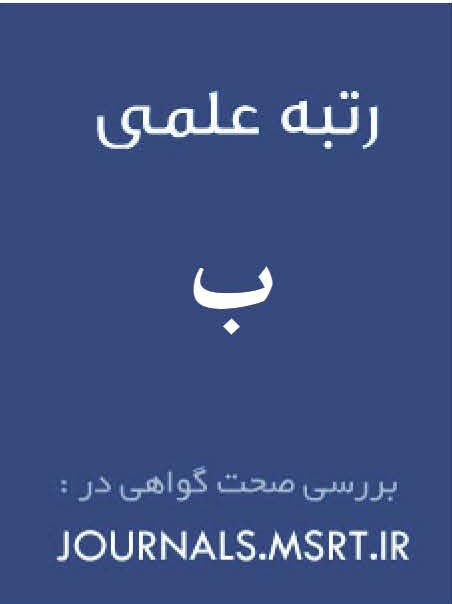Limiting Zakāt to the Nine Categories from the Perspective of the Infallible Imams (Peace Be Upon Them) with Emphasis on the Opinions of Imāmī Jurists
Keywords:
Quran, Hadiths, Zakat, Titles of the Nine, Imamiyyah JuristsAbstract
The discourse on zakāt is among the most significant topics within Islamic economic jurisprudence. In the transmitted ḥadīths of the Prophet Muḥammad and the Infallible Imams (peace be upon them), there are narrations that seemingly indicate a restriction of zakāt to the well-known nine categories, namely: gold and silver (nukūd), the three types of livestock (anʿām thalātha), and the four types of crops (ghallāt arbaʿa). However, numerous pieces of evidence and traditions suggest a broader application of zakāt beyond these nine categories. This has consequently led to considerable divergence of opinion among Shīʿī scholars. According to one viewpoint, jurists maintain that the categories of zakāt are exclusively limited to the nine items established during the time of the Prophet Muḥammad (peace and blessings be upon him and his family). In contrast, another perspective argues against this limitation, asserting that the categories of zakāt are not confined to these nine. Proponents of this view believe that the items liable for zakāt may evolve over time—just as they expanded beyond the initial nine categories during the era of the Imams (peace be upon them). By examining the narrations and the opinions of Shīʿī jurists in this inquiry, the view that zakāt is not restricted to nine categories is substantiated. This conclusion relies on the theory of the absolute authority of the Islamic ruler (ḥākim) in determining the categories of zakāt. Furthermore, based on Qur’ānic verses and traditions, it is demonstrated that zakāt may be extended beyond the nine traditional items with the authorization of the religious guardian (walī al-ummah).
Downloads
References
Al-Jaziri, A. (1998). Fiqh ala al-Madhahib al-Arba’a. Dar Ihya al-Turath al-Arabi.
Bahrani, S. Y. Al-Hada'iq al-Nadhira fi Ahkam al-Itra al-Tahira. Islamic Publishing Institute of the Society of Seminary Teachers.
Feyz Kashani, M. i. S. M., & Qaramaleki, A. (1986). Al-Wafi Principles and Techniques of Research. Imam Amir al-Mu’minin Ali (AS) Library Management Center of the Seminary.
Hashemi Shahroudi, M. (2011). Kitab al-Zakat. Islamic Jurisprudence Encyclopedia Institute.
Hilli, H. i. Y. (1992). Mukhtalif al-Shi’a fi Ahkam al-Shari’a. Islamic Publications Office of the Society of Seminary Teachers.
Hur Amili, M. i. H. (1983). Wasa’il al-Shi’a (Vol. 1). Al al-Bayt Institute for Reviving Heritage.
Ibn Babawayh, M. i. A. (1994). Al-Muqni’. Imam Hadi (AS) Institute.
Ibn Faris, A. Mu'jam Maqayis al-Lughah. Maktab al-I'lam.
Ibn Zuhra al-Halabi, S. H. i. A. Ghaniyat al-Nuzou' ila Ilmay al-Usoul wal-Furou'. Imam Sadiq (AS) Institute.
Jafari Tabrizi, M. T. (1998). Fiqh Essays. Institute for Compilation and Publication of Allameh Jafari's Works.
Jassas, A. i. A. (1984). Ahkam al-Quran. Dar Ihya al-Turath al-Arabi.
Kulayni, M. i. Y. q. (1990). Al-Kafi. Islamic Bookstore.
Morvarid, A. A. (1990). Silsilat al-Yanabi’ al-Fiqhiyya. Al-Dar al-Islamiyya.
Mufid, A. A. M. i. N. m. a. H. (1990). Al-Muqni’a. Society of Seminary Teachers.
Mughniya, M. J. (2000). Fiqh of Imam Ja'far al-Sadiq. Dar al-Ta'aruf.
Najafi Jawahiri, S. M. H. (1983). Jawahir al-Kalam. Dar Ihya al-Turath al-Arabi.
Ragheb Esfahani, A. a. Q. H. i. M. (2007). Mufradat Alfaz al-Quran. Dar al-Ma’rifah.
Sadr, M. B. (1983). Islam Leads Life. World Conference of Friday and Congregational Imams.
Tabarsi, F. i. H. (1988). Majma' al-Bayan fi Tafsir al-Quran. Dar al-Ma'rifah.
Tabatabai, S. M. H. (1996). Al-Mizan fi Tafsir al-Quran. Islamic Publications Office of the Society of Seminary Teachers.
Tusi, M. i. H. (1980). Al-Nihaya fi Mujarrad al-Fiqh wal-Fatawa. Dar al-Kitab al-Arabi.
Tusi, M. i. H. (1993). Al-Amali. Dar al-Thaqafa.
Downloads
Published
Submitted
Revised
Accepted
Issue
Section
License
Copyright (c) 2025 سید محمد حسینی (نویسنده); حمید کاویانی فرد; سید محمد شفیعی دارابی (نویسنده)

This work is licensed under a Creative Commons Attribution-NonCommercial 4.0 International License.







